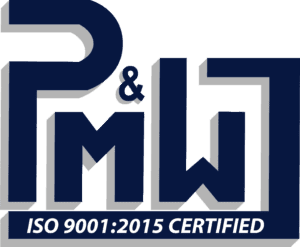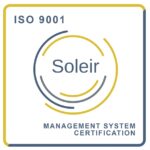Proper alignment is crucial for the efficient operation and longevity of rotating machinery in industrial settings. Laser alignment has become a standard practice for achieving precision in field installations, ensuring that motors, pumps, and other equipment run smoothly and avoid premature wear. In this blog post, we will discuss the best practices for laser alignment in field installations to help maintenance professionals achieve optimal performance and reliability.
1. Equipment Preparation
Before starting the alignment process, it is essential to ensure that the equipment is properly prepared. This includes cleaning mounting surfaces, removing any debris or obstructions, and inspecting components for damage or wear. Proper equipment preparation sets the foundation for accurate alignment measurements.
2. Establish Baseline Measurements
Prior to making any adjustments, establish baseline measurements of the initial misalignment. Using a laser alignment tool, measure the offset and angular misalignment between the shafts to determine the exact adjustments needed for proper alignment. These baseline measurements serve as a reference point throughout the alignment process.
3. Adjust in Real-Time
Modern laser alignment systems offer real-time feedback, allowing technicians to make adjustments while monitoring alignment progress. This feature enables precise corrections to be made immediately, reducing the time required for alignment and ensuring accuracy during the entire process.
4. Consider Thermal Growth
When aligning machinery that operates at high temperatures, such as pumps or motors, it is crucial to account for thermal growth. Thermal growth can cause shafts to expand or contract, affecting alignment measurements. Understanding and compensating for thermal growth ensures that the alignment remains accurate under operating conditions.
5. Verify Alignment
Once adjustments have been made, verify the alignment by rechecking the measurements using the laser alignment tool. Confirm that the offset and angular misalignment fall within acceptable tolerances. Performing a final verification ensures that the equipment is properly aligned and ready for operation.
6. Document Alignment Results
Keep detailed records of the alignment process, including baseline measurements, adjustments made, and final alignment results. Documentation provides a reference for future maintenance activities, helps identify trends in alignment issues, and ensures consistency in alignment practices across installations.
Conclusion
Implementing best practices for laser alignment in field installations is essential for maximizing equipment performance and minimizing downtime. By following proper procedures, technicians can achieve precise alignment, improve reliability, and extend the lifespan of rotating machinery.
For expert motor repair and maintenance services, contact The Pump & Motor Works, Inc. at https://pmwus.com/contact.



